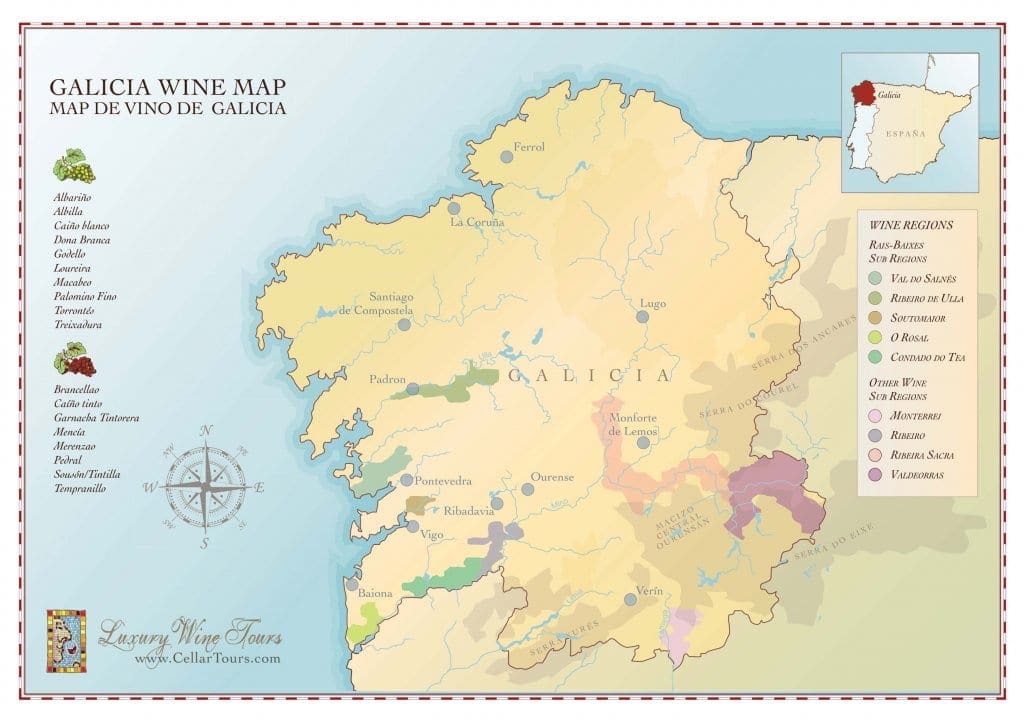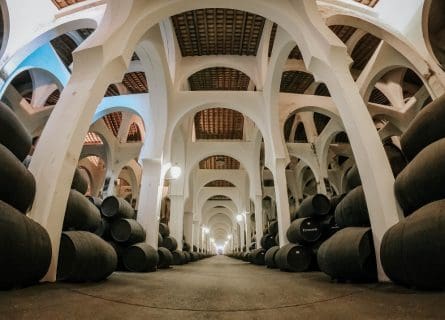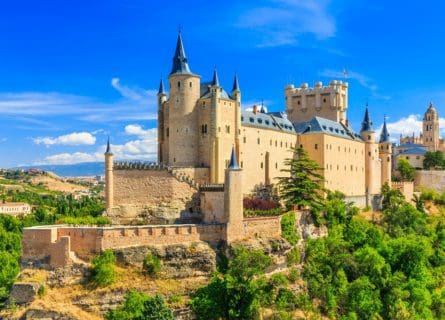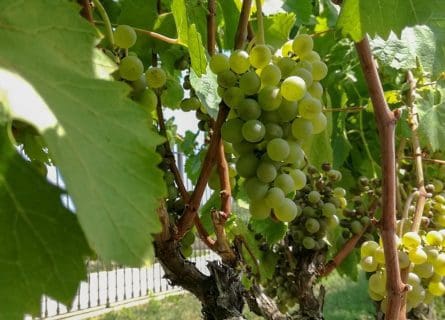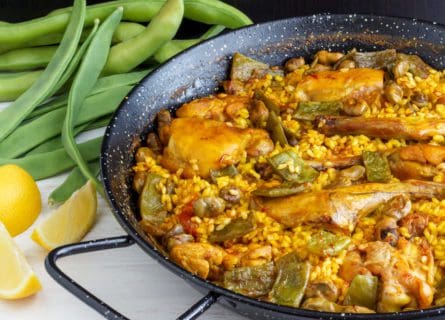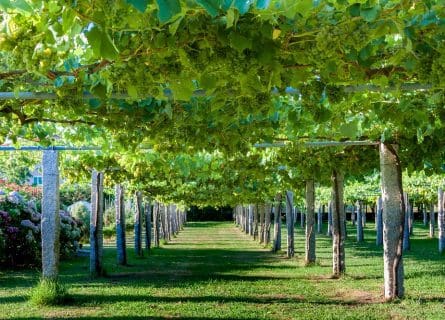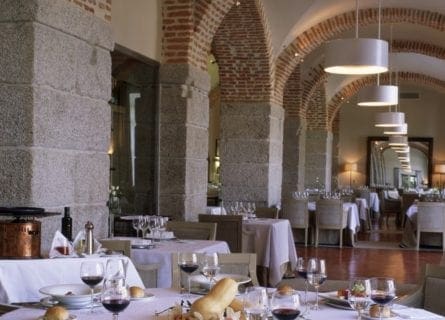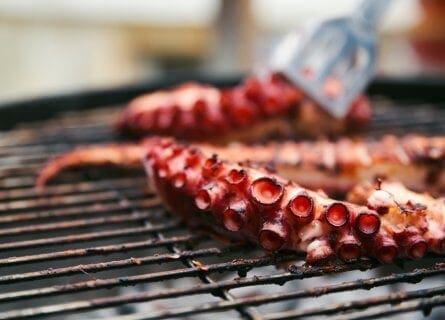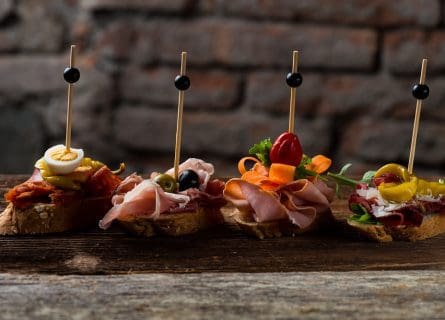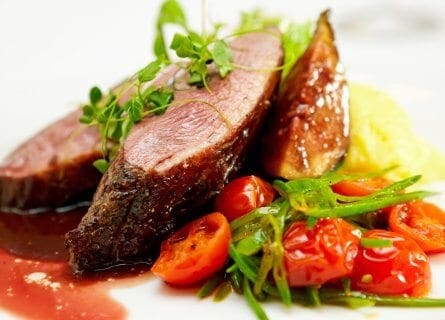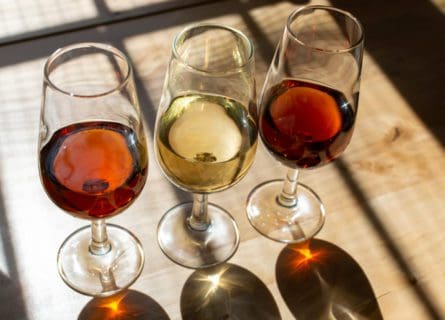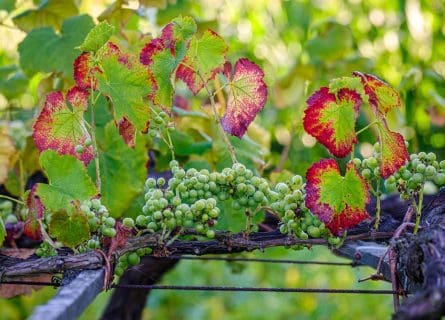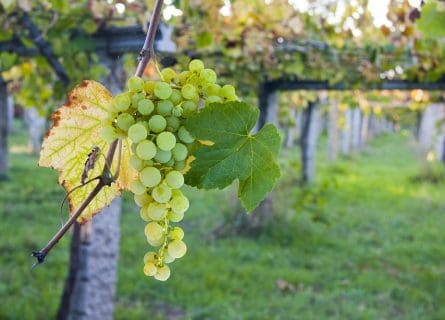
Galicia Wine Regions Guide
Experience the authentic flavors of Spain - Galicia wines, where passion meets excellence.
EXPLORE ALL OUR GUIDES: SPANISH WINE REGIONS
Last updated: August 19, 2024
Introduction
Remote in a windswept corner of northwestern Spain, Galicia is a world apart from the ‘sun and sangria’ cliché. Indeed, this lush and verdant landscape didn’t appear by random chance: Galicia enjoys very high annual rainfall levels, far in excess of Andalucia and Castilla y Leon. Summers are relatively mild, while fall can be pretty damp. Perfect conditions, in other words, to build an industry dedicated to producing delicate, fresh, and aromatic white wines. The Galicians, whose origins are Celtic, are fiercely proud of their contribution to the world of wine. Today, few sommeliers would omit Albariño from their wine tomes.
Yet it all looked very different in the mid-20th century.
Historically, Galicia was one of Spain’s poorest and undeveloped regions; many Gallegos emigrated to the US in the 1900s, while the local wine industry was completely bastardized by state interference. Their ‘greatest achievement’ was to rip up large quantities of Albariño and Godello and replace them with Palomino – the signature grape of Jerez de la Frontera yields utter dross in this wet climate. Thankfully, the tide started to turn in the late 1990s as demand for aromatic styles exploded in Western markets. Galicia has wisely capitalized on this trend, with the area under vine increasing yearly. It also produces some pretty delicious reds that often surprise visitors. Welcome to multi-talented Galicia.
Discover more about Spanish Wine
History
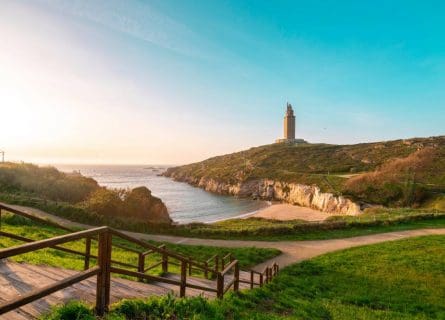
Galicia has been in the wine-growing business since Roman times, although the crisp and crunchy fruit of a bone dry Albariño would probably shock the ancients. Controlled by this legendary civilization for over four hundred years, the Celtic tribes of Galicia fought bravely against their Roman conquerors; they only submitted after the Cantabrian Wars of the first century BC, won by the emperor Octavian.
However, Roman rule collapsed in 476 AD as political rivals overran the Western empire. Galicia fell to the Suebi, a civilization from northern Europe. They managed to hold onto their prize for over a century, finally defeated by the ambitious Visigothic King Leovigild. But the Visigothic power base was chaotic and prone to infighting – the Moorish leader Tariq faced weak resistance as his armies swept across the peninsula in 711 AD.
A rich and influential caliphate was subsequently established in the Andalucian city of Cordoba, where mathematics, science, architecture, and gastronomy flourished. Yet schismatic forces, as elsewhere, began to take their toll on the Moorish kingdom. As a result, their centralized power base splintered into Taifas (small kingdoms) while Christian forces began to regroup.
However, parts of northern Spain, including Galicia, largely maintained their independence from Moorish rule. Aside from a brief period in the 8th century, Galicia was controlled by the Asturians; it became part of the Kingdom of Leon in 924. The discovery of the supposed tomb of St. James the Apostle confirmed Galicia’s capital (Santiago de Compostela) as Europe’s most important religious shrine after St. Peter’s in Rome.
Three centuries later, the Christian victory over the Almohads in the Battle of Las Navas de Tolosa (1212) led to Moorish Spain’s decline. As Christian forces gathered strength and pushed south, soon only Granada remained under Muslim control. That city fell to Fernando and Isabel in 1492, while the great explorer Columbus reached the Bahamas.
The following centuries were defined by exploration and political turmoil. Following Columbus’ discovery of the New World, the conquistadors went into Central and South America; vast quantities of gold and silver flowed across the Atlantic to Spain. But, due to a mixture of arrogance and brutality, Spain lost control over its dominions one by one – an invasion by revolutionary France led to the War of Independence. Later came the Carlist Wars, liberal revolts, and the short-lived First Republic.
Meanwhile, Galicia lost many citizens, as dire poverty forced many families to emigrate. After Franco seized power in 1939, Galicia lost its right to semi-autonomy, while state-run viticulture produced a surfeit of lackluster wine. It was only after the transition to democracy in the 1970s that the region started to recover. Today, wine exports generate great wealth for España Verde (Green Spain) producers, as their signature varieties are on trend. After an inauspicious start, Galicia has emerged as one of the nation’s biggest trump cards. Long may it continue.
Geography and terroir
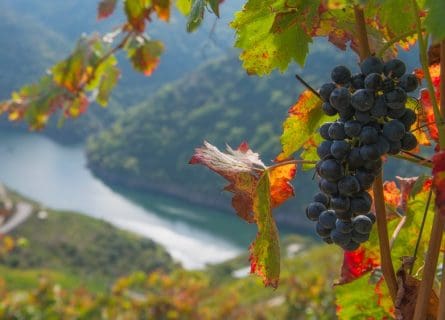
Stretching from the Atlantic to the border with Castilla y Leon, much of the Galician landscape still has a timeless quality. It is a region dominated by small-scale viticulture and family-run domaines – glistening wineries and luxury tasting rooms are not yet commonplace in northwestern Spain.
Indeed, some inland farms are divided into plots too tiny or steep for tractors to work, so horses are used for plowing. The bucolic countryside abounds with old granite villages and Pazos (traditional stone manor houses). Outside, vines are still often trained on pergolas, enabling the farmer to grow all manner of crops below.
There are five major wine-growing appellations in Galicia:
- Rías Baixa
- Ribeiro
- Ribeira Sacra
- Valdeorras
- Monterrei
The most important DO, Rias Biaxas, is heavily influenced by its proximity to the Atlantic. As a result, sea mists regularly drift off the ocean and ‘invade’ the vineyards, even in summer.
Climatic Challenges
Thankfully, tall pergolas offer plenty of ventilation for the vines; fungal diseases can be a major problem in Galicia’s oceanic climate. Inevitably, the growing season in the exterior of the region is fairly long, characterized by warm temperatures in July/August and ample rainfall. This encourages a slow and balanced rate of ripening, hence the trademark crunchy acidity found in almost every Galician white.
However, there is a transition from a maritime to a continental climate as you move further into the interior of the landscape. Several of Galicia’s appellations, including Ribeiro and Ribeira Sacra, are sheltered from the Atlantic influence by the Sierra del Suido mountain range. As a result, it is quite possible to ripen red grape varieties in the region’s interior, especially the fragrant and supple Mencia. The soils of Galicia are also very heterogeneous: sand, alluvial matter, slate, clay, and granite can all be found.
Winemaking and regional classifications
Galicia is one of Spain’s most heterogeneous vineyards, with five major appellations. And, notwithstanding the importance of aromatic whites to its export economy, innovation and diversification are always happening. Today, there is far more to northwestern Spain than pungent Albariño, delicious as it is. Experimentation with new varieties, aging in oak, maturation in amphorae, and tinajas (small clay jars) are all currently in vogue.
That said, Rías Baixas is still Galicia’s viticultural linchpin. Situated to the south of Santiago de Compostela, the region produces a great deal of Spain’s Albariño wines, occasionally blended with Caiño Blanco, Loureiro, and/or Treixadera. Generally fermented in stainless steel, most Rías Baixas wines conform to the stereotype: unoaked, saline whites for early drinking.
Subregional Nuances within Rías Baixas
There is no formal terroir hierarchy in Rías Baixas, albeit the DO is subdivided into five subzones: Val do Salnes, Condado do Tea, O Rosal, Soutomaior, and Ribera do Ulla. Some of the more expensive cuvées are aged in new French barrique – not always to their benefit. Yet a touch of maturation (in used wood) and lees aging can flatter Albariño, adding weight, richness, and texture. Red wines, however, are a tiny part of the wine-growing culture here.
But the picture in Ribeiro is quite different. In addition to aromatic styles, a small amount of red is made here, too, mainly from the Alicante Bouschet grape. Mencia, though, is the star attraction of Ribeira Sacra and Monterrei, typically subject to a gentle maceration to emphasize the grape’s lovely floral bouquet and sappy, elegant red fruit. In Valdeorras, meanwhile, it is Godello who steals the show. Many critics regard the variety as Galicia’s finest, capable of producing wines as profound and complex as the best of Puligny-Montrachet. They’re not wrong.
Facts & Figures
Key wine styles
- Aromatic white wines; medium-bodied elegant reds
Appellation structure
- Five key DOs: Rías Baixas, Ribeiro, Ribeira Sacra, Valdeorras, and Monterrei
Hectares under vine
- Approximately 10,500 hectares
Average annual production
Approximate number of producers (not including growers)
- 450
The lowdown
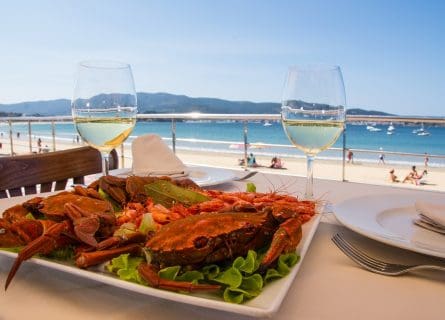
They said the euphoria couldn’t last forever. They said that Galicia’s global image had to falter, not least because of the law of diminishing returns. Yet the region has gone from strength to strength; despite significant growth and expansion over the past 15 years, quality has yet to be sacrificed at the altar of easy money in northwestern Spain. The area under vine, once considered a small blot in Spain’s viticultural landscape, has ballooned to over 10,000 hectares. There are new wineries, ideas, and wine styles. Exports continue to rise, as consumer demand for vinous refreshment shows no sign of abating.
Challenging Global Wine Preferences
But most remarkably, Albariño now rivals Kiwi Sauvignon Blanc as the world’s favorite aromatic grape. Any wine style that can challenge Sauvignon’s hegemony has to be worthy of our respect. Once a marginalized and poor region, Galicia has established itself as the class act of Northern Spain. For starters, it has many proven strings to its bow: Albariño and Godello.
So the theme of today is what comes next? Should Galicia focus on its core strengths or expand into new categories and grape varieties on a much larger scale? Some stakeholders have voiced concerns about the rise of ‘copycat’ imitations from the New World: Albariño is becoming a niche favorite in California, Australia, and New Zealand. Nevertheless, the style of wine produced is quite different – richer and riper. There is little evidence that Galicia is about to lose its global USP. Still, certain winemakers believe the region needs a stronger point of differentiation.
Experimentation with Aging Techniques
As a result, growers continue to test the limits of maturing aromatic styles in barrique. They believe such wines will command a higher price, bringing more prestige to the region. But some of these overoaked wines are awful: the fruit is assaulted and pushed into the background. However, others show a sophisticated use of wood, adding texture and depth.
Of course, small oak barrels can’t mask a mediocre wine, but they can support and structure Galicia’s growing number of serious reds. Indeed, if one niche needs expanding, it is undoubtedly the production of Mencia. Endowed with moderate alcohol and beautiful aromatics, the grape has the potential to conquer the world. In another twenty years, the grape could be as important as Albariño. Watch this space.
Sub Regions and Appellations
-
 Uncover Galicia's White Wine Revolution. Don't miss this up-and-coming DO with exceptional soils and diverse grape varieties. Plan your trip! Read more
Uncover Galicia's White Wine Revolution. Don't miss this up-and-coming DO with exceptional soils and diverse grape varieties. Plan your trip! Read more -
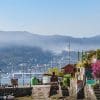 Discover the flavors of Galicia in the Rias Baixas wine region. Explore the unique characteristics of Albariño wines. Plan your trip today! Read more
Discover the flavors of Galicia in the Rias Baixas wine region. Explore the unique characteristics of Albariño wines. Plan your trip today! Read more -
 Unveil the allure of Ribeira Sacra wines and immerse yourself in Galicia's winemaking traditions. Explore breathtaking vineyards. Plan your trip today! Read more
Unveil the allure of Ribeira Sacra wines and immerse yourself in Galicia's winemaking traditions. Explore breathtaking vineyards. Plan your trip today! Read more -
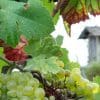 Explore Ribeiro Wine Region: Discover vineyards, savor exquisite wines, and immerse in the charm of this enchanting destination. Start your journey now! Read more
Explore Ribeiro Wine Region: Discover vineyards, savor exquisite wines, and immerse in the charm of this enchanting destination. Start your journey now! Read more -
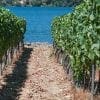 Uncover Valdeorras, Spain's captivating wine region. Critics adore its chic Godello grape. Indulge in the misty Northwestern allure. Plan your trip today! Read more
Uncover Valdeorras, Spain's captivating wine region. Critics adore its chic Godello grape. Indulge in the misty Northwestern allure. Plan your trip today! Read more
Key Grape Varietals
-
Albariño
Savor the Essence of Albariño: Northwest Spain's Delightful White Grape for Seafood Pairings. Explore the Lightness and High Acidity of this Galician Gem.
Find out more -
Caiño Blanco
Unlock the secrets of Caíño Blanco grape, an intriguing Spanish variety. Delve into its characteristics and origins, and explore the wines it produces.
Find out more -
Godello
Discover Godello: Galicia's Exquisite White Wine Grape from Valdeorras. Unveiling the Delights of this Northwestern Spanish Varietal.
Find out more -
Loureiro
Explore the captivating world of the Loureiro grape. Discover its aromatic charm, origins, and the remarkable wines it produces.
Find out more -
Treixadera
Discover Treixadura grape: Origins, Flavor Profile, and Exceptional Wines—a must-read for wine enthusiasts seeking new taste sensations.
Find out more -
Alicante Bouschet
Alicant Bouschet is a red wine grape popular in the Alentejo located in Southern Portugal. It's a cross of Petite Bouschet and Grenache grapes.
Find out more -
Mencia
Unearth Mencía: Spain's captivating red gem. Original and alluring, it emerges from the shadows, captivating wine enthusiasts worldwide.
Find out more -
Caino Tinto
Is a red grape variety that is primarily grown in the Galicia region of northwest Spain. It is known for its high acidity and bright fruit flavors, which make it a popular choice for producing young, vibrant red wines.
-
Espadeiro
A red grape variety often used in Vinho Verde blends, with fresh acidity and berry flavors
Galician gastronomy
Galician food and wine is a marriage of equals. What could be better than Atlantic shellfish and a crisp glass of Albariño, served in every tapas bar in northwestern Spain! Yet there is nothing monotonous about Galicia’s vibrant food culture: year-round rainfall yields an incredible variety of fresh vegetables, while vast mountain ranges mean plentiful game, jamon, and cured sausages, often combined with pulses to form hearty stews. Of course, there is Michelin-grade cooking in Galicia, but traditional restaurants are wary of too much experimentation. The region is also a mecca for cheese lovers, producing some of the country’s finest soft cheeses, especially tetilla.
Uncover the Best Galician Wineries | A Selection by Cellar Tours
-
Adegas Galegas
Discover the exceptional flavors of Adegas Galegas, award-winning wines from Rias Baixas, Galicia. Plan your trip today! Read more -
Martín Códax
Explore the enchanting world of Bodegas Martín Códax Winery. Uncover one of the finest Galician Albariño wines. Plan your trip today! Read more -
Bodegas Rafael Palacios
Read more -
Bodegas Terras Gauda
Read more -
Bodega Pazo de Señorans
Read more -
Nanclares y Prieto
Read more
Nearby Charming Towns and Cities
-
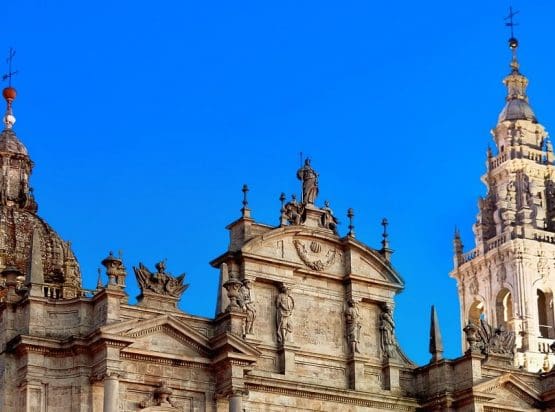
Immerse yourself in Santiago de Compostela's vibrant flavors and uncover hidden culinary gems with our expert insider guides. Plan an unforgettable trip today!
Read more
Further Reading: Discover More Related Blog Content
More information
If you would like us to customize an exclusive luxury tour, contact us and let us know your travel plans. We offer luxury food and wine tours for private groups of a mininium two guests. In addition, all of our private, chauffeured tours are available year-round upon request.


